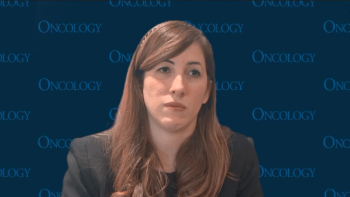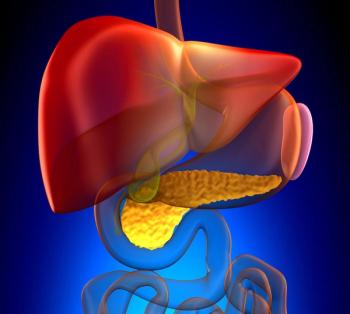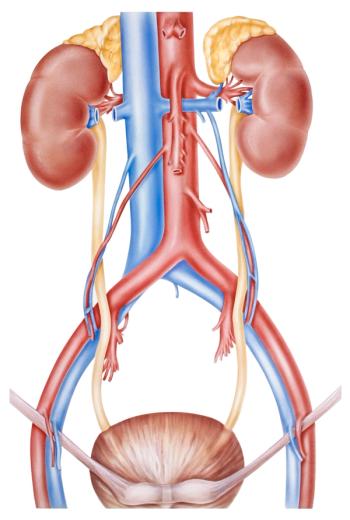
Oncology NEWS International
- Oncology NEWS International Vol 18 No 1
- Volume 18
- Issue 1
Phase II often signals end of line for trials
The largest numbers of trial terminations occur at phase II, especially if the trial is for a marketed therapy compared with a novel drug, according to an expert analysis in the Good Clinical Practice Journal.
The largest numbers of trial terminations occur at phase II, especially if the trial is for a marketed therapy compared with a novel drug, according to an expert analysis in the Good Clinical Practice Journal.
Authors Christine Blazynski and Tracy DeGregorio analyzed aborted phase II trials to assess the reasons and strategies behind companies’ decisions to end the research. They found that companies were quicker to pull the plug on a poorly enrolling trial of a marketed drug because the drug was not dependent upon the trial for time to market (GCPj 15, 2008).
The authors found two major drivers of trial termination: company-controlled and trial-related. A company may choose to end a trial because of a change in internal drug strategy or pipeline reprioritization. A trial may also come to an abrupt end if enrollment is deemed too slow.
Articles in this issue
almost 17 years ago
UK health board rejects multiple myeloma drugalmost 17 years ago
Exiqon offers relapse test for colon canceralmost 17 years ago
Medicare offers broader coverage for PET scanalmost 17 years ago
Imaging in clinical trials calls for more than one-dimensional measurementsalmost 17 years ago
Diet high in fat escalates risk of ovarian canceralmost 17 years ago
ASCO favors routine KRAS test in colon caalmost 17 years ago
Aid in dying wins approval if patient gives lethal dosealmost 17 years ago
Escalating doses of vorinostat amplify response in relapsed multiple myelomaalmost 17 years ago
Clear communication saves patients from emotional limboNewsletter
Stay up to date on recent advances in the multidisciplinary approach to cancer.


















































































